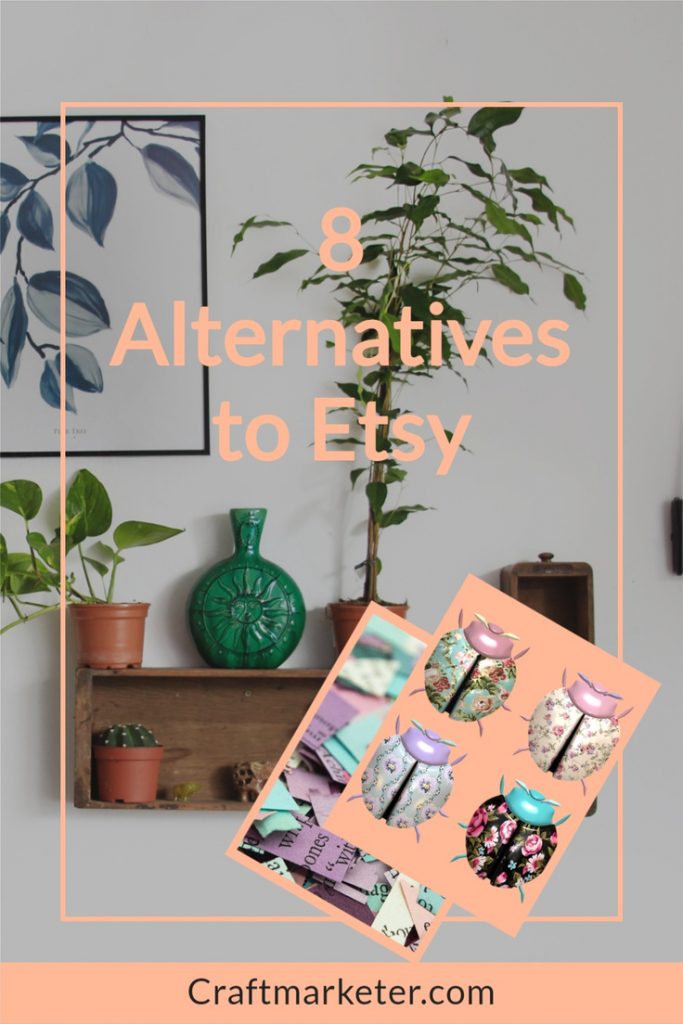Etsy is among the most popular sites for buying and selling crafts. But as you grow your handmade products business, you may want alternatives to Etsy.
You may have come across complaints from Etsy sellers moaning about the changes made over the past few years, including a hike in seller fees or changes in the Etsy ads program. Or, maybe you are okay with selling on Etsy but you are ready to scale your business up.
For many sellers, alternative platforms may bring disappointing sales compared to Etsy. The exception being Amazon Handmade. But unfortunately there, you pay 12% commission as compared to Etsy’s 6.5%.
The larger a marketplace like Etsy or eBay becomes, the harder it is to satisfy hundreds of thousands of vendors. No matter what a site does, its pursuit of profits will embitter sellers.

What a Handmade Seller Can Do
As an online seller, you are either driving customers to your shopping cart or you are relying on a site’s marketplace of buyers and using SEO to capture that traffic.
Or you are doing some combination of both. Having multiple presences helps your branding, so as shoppers come across your products on one shopping site, they may have already seen your name elsewhere.
Another advantage of being in many places online is that if one site should go out of business, delete your account, or otherwise disappear, you are diversified and can continue doing business.
Etsy Alternatives in 2023
Here are the top alternatives to Etsy:
- Handmade on Amazon: https://services.amazon.com/handmade/handmade.html
- BigCartel: https://www.bigcartel.com/
- IndeMade: https://www.indiemade.com/
- iCraftGifts: http://icraftgifts.com/
- eCrater: https://www.ecrater.com/
- Bonanza: https://www.bonanza.com/
- Mercari: https://www.mercari.com/
- Artisans Cooperative: https://artisans.coop/
- GoImagine: https://goimagine.com/
- ShopMyPorch: https://shopmyporch.com/
- Making App: https://themakingapp.com/
All the above provide shopping cart templates that make it easy to start selling quickly. Each site has its own seller terms. The process typically is: register for an account, upload your images, descriptive text, bio, and selling policies, and you are ready to go. Many alternative seller sites offer free setup and charge a small percentage when a sale is made. Some charge a monthly or yearly fee. Each site has a different set of terms so learn the details before signing up. I don’t list costs here because they change too frequently.
Which of the Alternatives is the Best?
It depends on what you sell, how much in demand your products are, and how good a job you do with images and product descriptions.
See the resource of FB groups to sell on here.
Try listing on all of the sites. Three months from now, exit all those where you haven’t sold anything. Then dive deep into learning how to sell more on the sites that are working for you.
Related post: What sells on Etsy?
